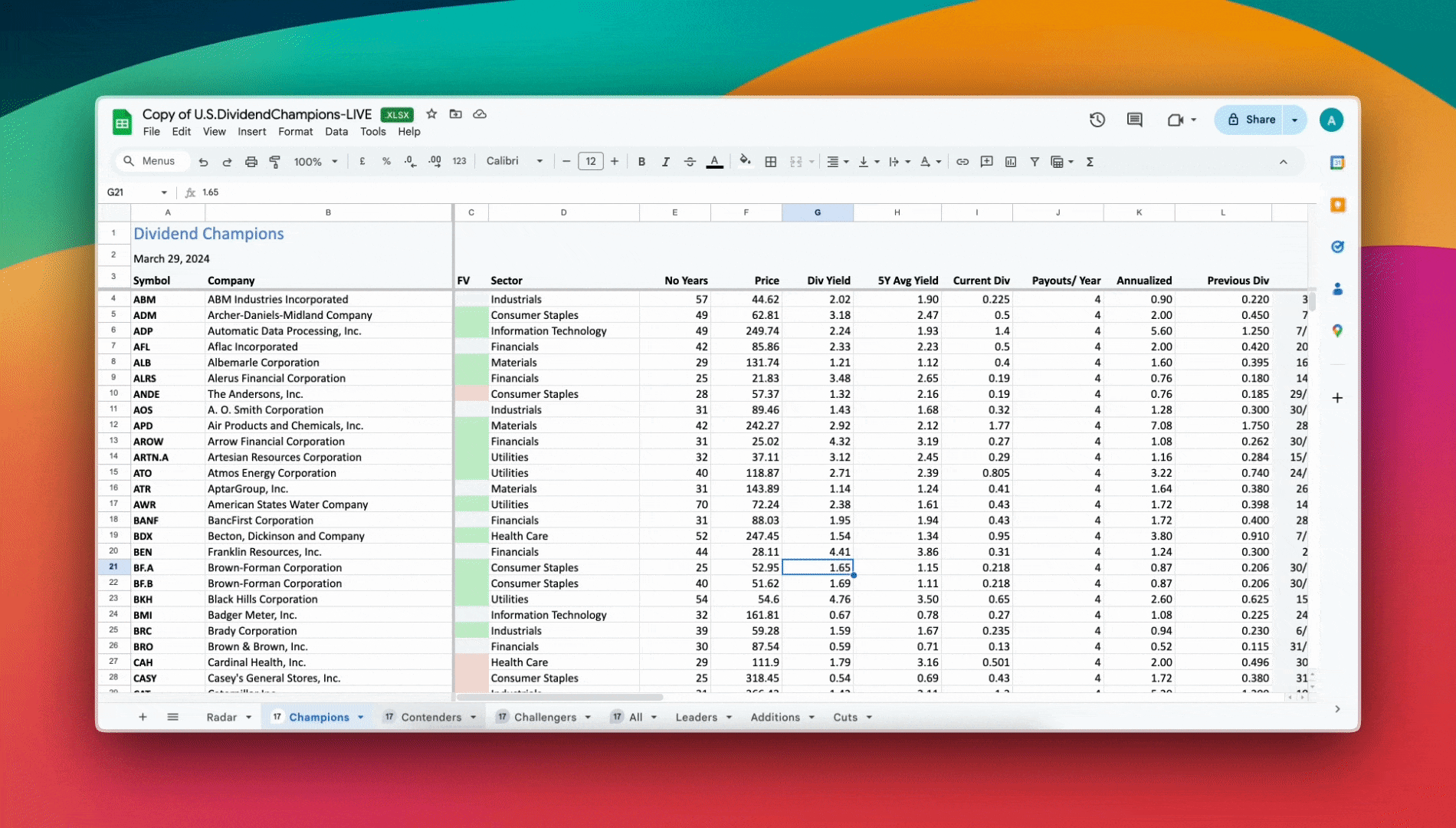A company’s dividend is an important benefit to ownership of stock in a company. These dividends can be retailed or used to make additional purchases of stock in the company. This is the “secret sauce” to dividend investing.
One of my distant ancestors is Asa Griggs Candler. That name may mean little to you unless you live in Atlanta, Georgia, where the last name is everywhere. In 1888 Asa purchased the Coca-Cola formula for $2,300. He had a flair for marketing and very quickly built the company to the point where he would sell it about 30 years later for $25,000,000.
Owning a company is a way to make money, but few of us have the means and/or talent to do so. An option is to find a company in which we see potential and make an investment in it. Purchasing shares in a company makes us part owners of the company, albeit, a very small part.
Start with Interactive Brokers
To appreciate how small that share might be, consider that Warren Buffett owns 400,000,000 shares of Coca-Cola, and that represents less than 10% of the whole company.
Nonetheless, when the company does well and is considered to be more valuable than when one makes their purchase, the value of the stock rises. If we sell our shares at that point then we have made a profit. Similarly, if the company is less appreciated the value of the shares decline.
There is another way to reward owners of the company than to have its stock price increase, and that is through dividends.
A dividend is a periodic payment by the company to its owners as a means of sharing the company’s wealth. Dividends are normally offered on a quarterly basis, but some companies choose to disperse them on a semi-annual or annual basis.
For instance, if one owns 100 shares of a company and that company decides to give $1 per share to its owners, then one receives $100. Although companies differ, those that offer dividends to their owners most often do so on a quarterly basis. This allows the investor to benefit from the company’s success on an incremental basis.
Unlike the share price, which can go down, once one has received a dividend then that is profit for the shareholder. These dividends can either be stored away in one’s bank account, or reinvested to purchase more shares.
Each quarter the company’s board of directors meets to determine the amount of the dividend (for those companies that offer a dividend). Once the decision has been made the amount is announced, along with the date on which it will be paid and the ex-dividend date.
The ex-dividend date is the date on which one must own the stock to be eligible to receive the dividend. The number of shares owned on the ex-dividend date will be the basis on how much one will receive, even if the stock is sold after that date.
Most investors make their purchases through a DRIP brokerage account, so that dividend gets sent to the broker. Stock that is held within a mutual fund has its dividend added to the holdings of the fund.
Instead of receiving the dividend as cash, it is possible to have the dividend reinvested to purchase more stock. I currently own companies where more than a third of my number of shares were purchased through the dividend. This has traditionally been done through a Dividend Reinvestment Program, or DRiP.
However, many discount brokers, like Ally and TD Ameritrade, offer options that allow one to have the dividend automatically reinvested. This gives the investor the opportunity to increase their number of shares, and consequently increase the amount they receive in dividends.
